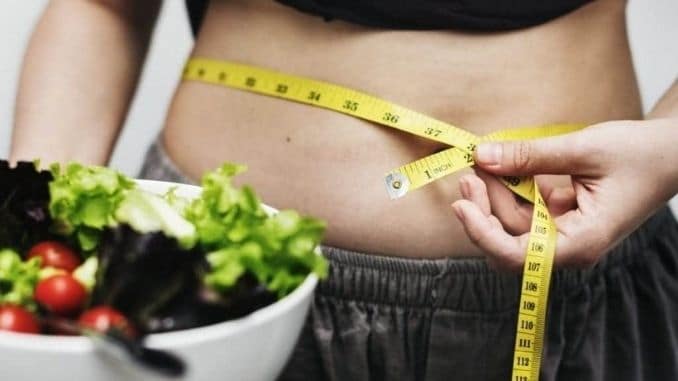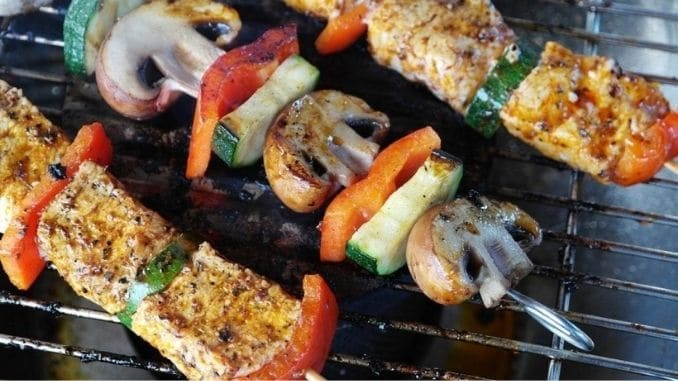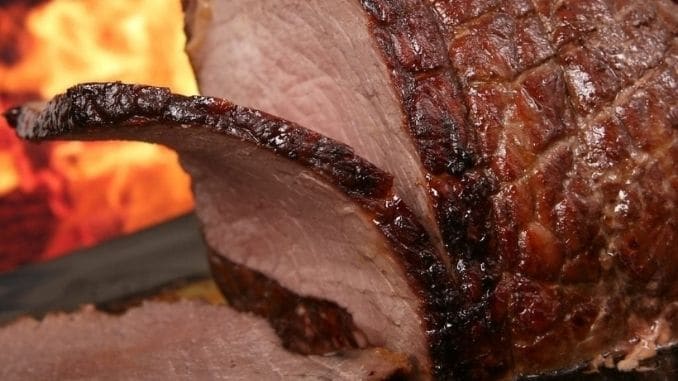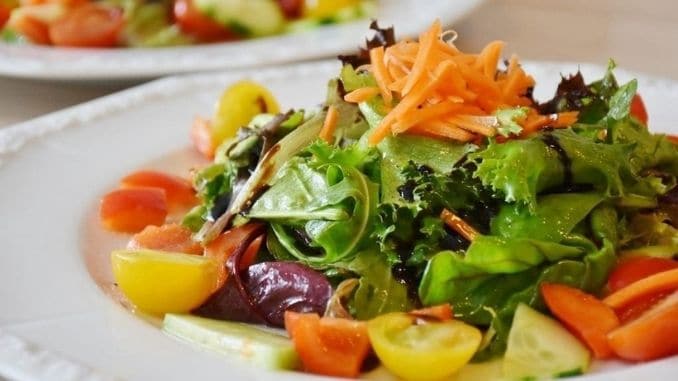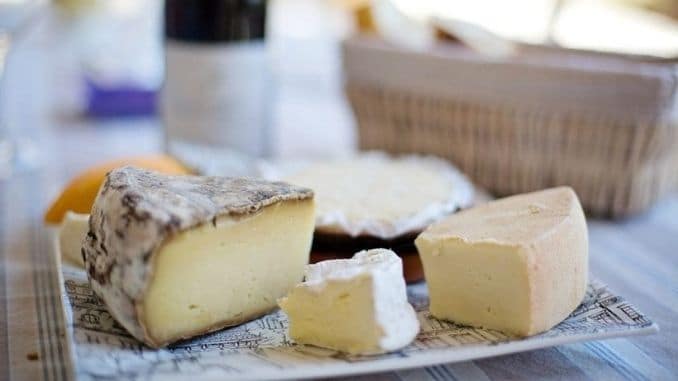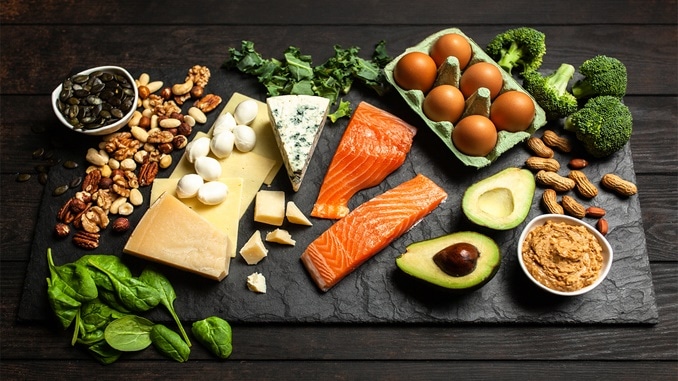
It’s the “hot” diet among celebrities these days — the ketogenic (keto) diet. If you want to lose weight, this may be the diet you want to try, particularly if other methods haven’t worked.
However, what exactly is the keto diet? Moreover, if you want to try it, how can you get started?
Where Did the Keto Diet Originate?
The keto diet was first introduced as a way to help pediatric patients with seizure disorders. Doctors would use the diet in those patients who had not responded well to medications, in the hopes of helping them to enjoy life with fewer seizures.
In a 2017 study, scientists stated the keto diet “is an established form of treatment for both pediatric and adult patients with intractable epilepsy.” The goal of the diet, as treatment, was to put the body into a ketogenic state, also called “ketosis.”
Usually when you eat food — particularly carbohydrates — the body transforms it into glucose the cells then use for energy. If the body doesn’t have enough glucose, it turns to stored fat for energy instead. Moreover, as it burns this stored fat, it creates acids called “ketones” as byproducts. When this happens, it’s called “ketosis” and is a normal metabolic process that occurs when the body lacks the glucose it needs to maintain its regular activities.
Researchers found decades ago that a higher level of ketones in the blood — as well as another byproduct called “decanoic acid” — can reduce seizures in some people effectively. Ketosis can also be dangerous, however. So, usually, people with epilepsy who go on the diet are kept under strict medical supervision.
What Are the Potential Dangers of Ketosis?
If, while on the diet, the level of ketones increases too much, the blood can become too acidic, and this can lead to a potentially dangerous condition known as “ketoacidosis.” Moreover, the most common cause of this condition is diabetes. If the body doesn’t have enough of the hormone insulin to metabolize glucose, it turns to fat for energy instead and may produce an unhealthy amount of ketones.
Other conditions like alcoholism, starvation and diets like the keto diet can also lead to ketoacidosis. In 2015, for example, researchers reported on a case of a healthy, nondiabetic 32-year-old woman who developed ketoacidosis after going on a low-carb, high-fat diet. She was also breastfeeding at the time and was admitted to the hospital because she was suffering from nausea and vomiting. She recovered quickly, but researchers concluded that “ketogenic diets like low-carb, high-fat [diets] may induce ketoacidosis,” adding that lactation could aggravate the condition further or perhaps even trigger it.
The goal of a healthy keto diet, therefore, is to put the body into ketosis so that it burns more fat but not to go so far as to cause ketoacidosis.
What Does a Typical Keto Diet Look Like?
The Ultimate Keto Diet Checklist: The keto diet is basically a high-fat, low-carb diet with a controlled intake of protein. Moreover, today, there are several variations of the diet to help people achieve their goals. Some common options include:
- Standard keto diet: This one usually contains about 75 percent fat, 20 percent protein, and 5 percent carbs
- Cyclical keto diet: This one occurs in cycles; an example would be five days on the diet followed by two days where you can eat more carbs
- Targeted keto diet: When you workout, your body needs more energy; this diet allows for more carbs to be consumed around workout times
- High-protein keto diet: This one allows for more protein — 60 percent fat, 35 percent protein and 5 percent carbs
The standard form of the diet is the one with the most evidence behind it. Research shows that it’s effective at helping you lose weight and is also likely to help you feel more satisfied while doing it. You’ll feel less hungry than you might while on other diets.
Research has also suggested that the keto diet may help lower blood sugar levels, protect the brain from conditions like Parkinson’s disease and Alzheimer’s disease and help women with polycystic ovary syndrome (PCOS), but we need more research to be sure.
So far, the research we have shows that the best way to gain benefits from the keto diet is to use it short-term, for a period of 1 to 3 months. Some people stay on it longer with success but, for most, the diet becomes difficult to sustain over a long time. Staying on a keto diet long-term can also create health problems, including the following:
- Kidney stones
- Muscle degeneration
- Nutritional deficiencies
- Digestive problems like constipation
- Heart rhythm problems (arrhythmia)
- “Yo-yo” dieting, which has been linked with increased mortality
The Ultimate Keto Diet Checklist: What to Eat on a Keto Diet
The Ultimate Keto Diet Checklist: Below is a general list of what you can eat while on a keto diet:
a. Fats
- Oils including butter, mayonnaise, coconut oil, coconut butter, flaxseed oil, olive oil, sesame oil, and walnut oil
- Nuts and seeds, including almonds, cashews, macadamias, hazelnuts, peanuts, pine nuts, pistachios, pumpkin seeds, sunflower seeds, sesame seeds, walnuts, and all related nut butter
- Full-fat dairy products, including cheese, cottage cheese, yogurt, heavy whipping cream, whole milk and sour cream
b. Proteins
- Meats like beef, poultry, pork, fish, shellfish, organ meats, lamb and goat
- Eggs
c. Carbohydrates (Vegetables Only)
- Raw vegetables, including artichoke hearts, arugula, alfalfa sprouts, bok choy, broccoli florets, cabbage, cauliflower, celery, chives, cucumbers, radishes, endive, mixed greens, lettuce, jicama, mushrooms, black olives, bell peppers, onions, parsley, radicchio, spinach, tomatoes, and watercress
- Cooked vegetables, including artichoke, asparagus, bamboo shoots, green beans, bok choy, broccoli, Brussels sprouts, cabbage, cauliflower, celery, mixed greens, eggplant, hearts of palm, kale, leeks, mushrooms, okra, onion, bell peppers, pumpkin, sauerkraut, spaghetti squash, tomatoes, turnips and zucchini
Some Fruits (Consumed Sparingly)
- Blueberries
- Blackberries
- Raspberries
- Strawberries
- Avocados
- Cherries
- Cranberries (raw)
- Currants
- Cantaloupe
- Loganberries
- Honeydew
d. Healthy Drinks
- Water
- Unsweetened coffee and tea
e. Sweets
- Dark chocolate (at least 70 percent cocoa solids)
- Stevia
Foods to Avoid on a Keto Diet
The Ultimate Keto Diet Checklist: While you’re enjoying the foods listed above, be sure to avoid those listed below.
1. Carbohydrates
- Furthermore, all grains, including wheat, barley, oats, rice, rye, corn, quinoa, millet, sorghum, bulgur, amaranth and buckwheat
- Any bread or pasta made from these grains
- Cookies, crackers, and crusts made from these grains
- Beans and legumes, including kidney beans, chickpeas, black beans, lentils, green peas, lima beans, pinto beans, white beans, black-eyed peas and cannellini beans
- Most fruits, including bananas, pineapples, papaya, apples, oranges, grapes, mangoes, tangerines and all fruit juices and smoothies
- Dried fruits, including raisins, dates and dried cranberries
- Starchy vegetables, including potatoes and sweet potatoes, yams, carrots, corn, peas, cherry tomatoes and parsnips
- Sugars, including honey, agave, maple syrup, high-fructose corn syrup, cane sugar and raw sugar
2. Low-quality Proteins
Although proteins are allowed on the diet, you want to be choosy about them. Avoid these so-called “low-quality” proteins:
- Low-fat dairy
- Reduced-fat dairy
- Shredded cheese
- Fat-free butter substitutes
- Low-fat cream cheese
- Low-fat whipped topping
- Low-fat or fat-free yogurt
- Factory-farmed animal products (choose organic and grass-fed)
- Factory-farmed fish and pork products
- Processed meats like hot dogs and kielbasa
3. Unhealthy Fats
Fats are a staple of the keto diet, but avoid unhealthy ones as they can lead to an increase in inflammation:
- Moreover, hydrogenated and partially hydrogenated oils, including soybean, canola, corn and grapeseed oil and margarine
- Packaged products like cookies and crackers
- Fast food
- Processed vegetable oils like canola, soybean, safflower, and cottonseed (choose unprocessed instead)
4. Unhealthy Drinks
Moreover, it’s best to avoid “drinking” your calories. Stick to water as much as you can:
- Alcohol (it can slow down fat loss, and many alcoholic drinks have carbs), including beers, wines, and spirits
- Furthermore, sugar-sweetened beverages, including all regular and diet sodas, all fruit and vegetable juices, all fruit and vegetable smoothies and coffee or tea with added sweeteners
5. Artificial Sweeteners
These can disrupt your ketosis.
- Acesulfame, aspartame, saccharin, and sucralose
- Sugar alcohols like glycerol, lactitol, xylitol, and sorbitol
Keto Substitutes: Use This for That
As you look over the foods you need to avoid while you’re on a keto diet, you may wonder what you can use instead. Furthermore, below are some common substitutions you can make:
|
Instead of this … |
Use this … |
| Flour | Almond or coconut flour |
| Breadcrumbs | Pork rinds |
| Tortillas | Lettuce leaves or low-carb tortillas |
| French fries | Green bean or zucchini fries |
| Rice | Cauliflower rice |
| Sugar | Stevia |
| Mashed potatoes | Mashed cauliflower |
| Ketchup | Crushed fresh tomatoes |
| Burger Buns | Portobello mushrooms |
| Spaghetti | Spaghetti squash, shirataki noodles or zucchini noodles |
| Pasta | Veggie noodles |
| Potato chips | Kale or spinach chips or Parmesan cheese crisps |
| Vegetable oil | Coconut oil |
| Breakfast cereal | Eggs, omelets, smoked salmon with cream cheese |
For your guide to the best foods to heal your body, check out The Best Foods that Rapidly Slim & Heal in 7 Days, here!

